Prediction Series 2019: Interview with Harry Kargman, Founder and CEO, Kargo
By Sudipto Ghosh | January 28, 2019
Full article ran here.
What are the major mobile ad trends that dominated the industry in 2018? Have there been any surprises?
Fighting ad fraud and ensuring quality is a major industry priority. Kargo’s ads.txt compliance is a major step in the right direction in this regard, especially as they became something of an industry leader as a result. Brand safety and assuring quality across outlets has also become a major focus.
Distrust of the duopoly continued from 2017 into 2018, with numerous stories around Facebook’s sloppy reporting and lax security standards garnering a great deal of attention. Consumer distrust of Amazon also rose. Both have created a larger lane for discussion of non-social mobile advertising.
Agency reviews and push for transparency also dominated the year along with consumers pushing for data transparency, which will continue in 2019.
What were the major pain points so far this year? Do you see these issues being addressed anytime soon?
The push for in-house — both in terms of programmatic and creative — was a considerable story in 2018. Brands seem to be more wary of their relationships with agencies in some regards, which has amped up the pressure on agencies to provide quality offerings.
Focus on ad blocking; Coalition for better ads and programmatic buying leading to more standard, “invisible” ads. Marketers are running more flat, uninspiring creatives to streamline buying and reporting
Overall, do you think 2018 was a good year for the industry? What is your opinion on the current health of the mobile ad industry heading into 2019?
Yes, mobile continued to grow in 2018. Almost everyone is spending more time with their smartphone than watching TV and in 2019 every age/demo will be doing the same. 2018 marked a big year in consumer privacy concerns. This was driven by GDPR in the EU as well as by Facebook’s continued attention around data, security and mishandling of user data. While time spent in apps continued to grow, so did the unique visitor growth on the mobile web (about 2x the rate of mobile apps).
In your opinion, what will the next big development for advertising technology be in 2019?
Visibility vs viewability
Creative automation
Supply path optimization — A way for the DSP to find the most relevant bids and what is going to win
Agency in-housing — Brands taking services in house
New walled gardens (Amazon, Xander, Verizon Media Group, Comcast)
FB rebound — How will they come back from a year of negative press, invalid reporting, slowed user growth and exec backlash
Data transparency and regulation
Source eMarketer — Mobile will capture $93.25 billion in ad spend, making it far and away the leading platform for US advertisers
What are the chief priorities for Kargo and their industry colleagues going into 2019?
Our mission remains the same, put art in AdTech. We will call on accounts we don’t currently have relationships with, opening and driving new business from new (or former) customers.
We also plan to continue investing in technology that differentiates our offering. The industry continues to consolidate and flatten differentiation. Kargo is committed to creating the most value or every ad impression we serve on behalf of our marketers.
Looking to the future, what do you foresee as the next big trend(s) to evolve within mobile advertising in 2019?
Video will continue to grow but it may not be traditional pre-roll. Shorter, interactive videos (likely vertical) will continue to gain adoption.
Creative automation will become a big theme as clients look to standout beyond technical integrations and buying platforms.
Closing the loop between ad awareness and conversion.
Consumer privacy, self-regulation vs government regulation.
Agencies will continue to transform
How can other players in the industry and/or brands begin to act on these trends now to get ahead of the curve?
Really think mobile-first, plan and design ad creative from for mobile and then work backward to larger devices, TV and out of home. Social is effective, but also not a complete mobile strategy. 80% of digital impressions are on smartphone. People spend 23% of their time on the mobile web but then investment does not match consumer behavior.
Focus on the customer. Direct to consumer brands obsess on their customers and they’re winning. Big brands need to do the same, from user experience around advertising to usage and privacy around consumer data.

